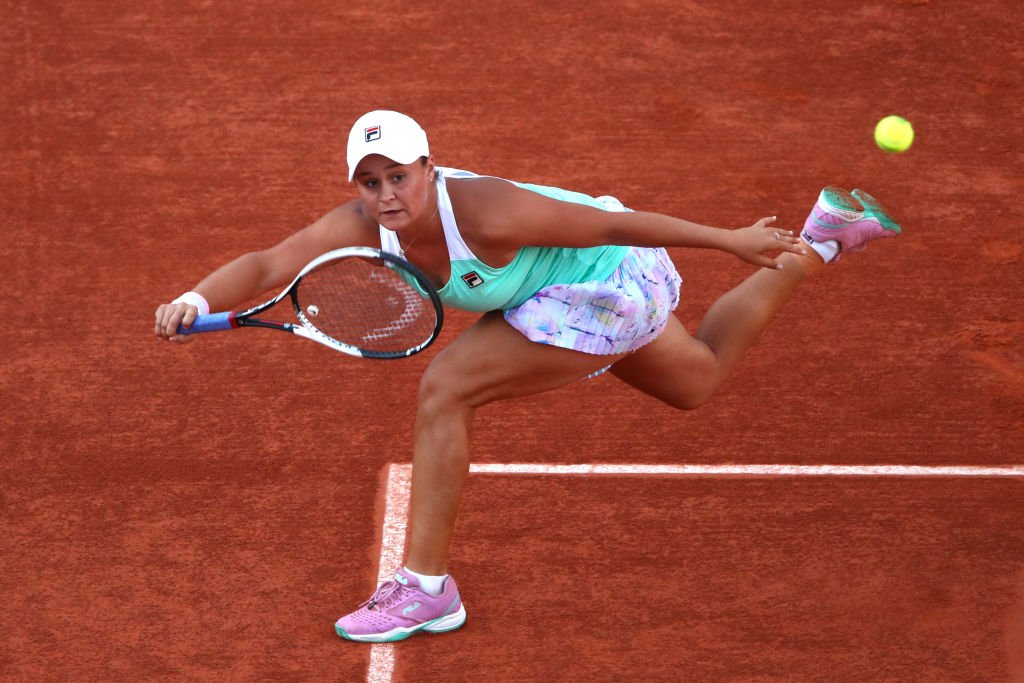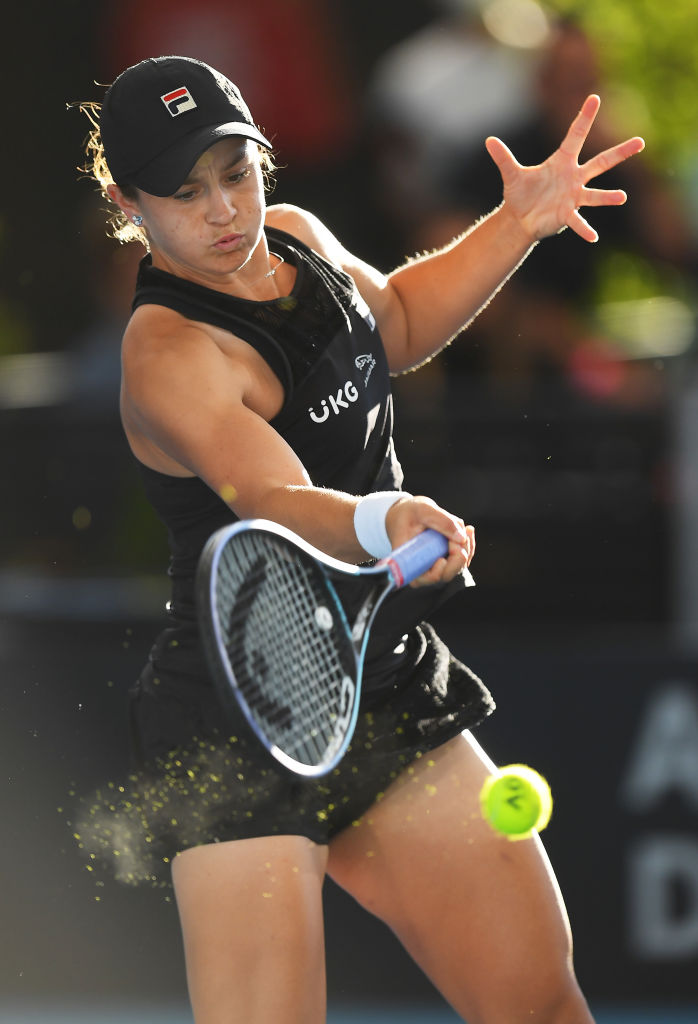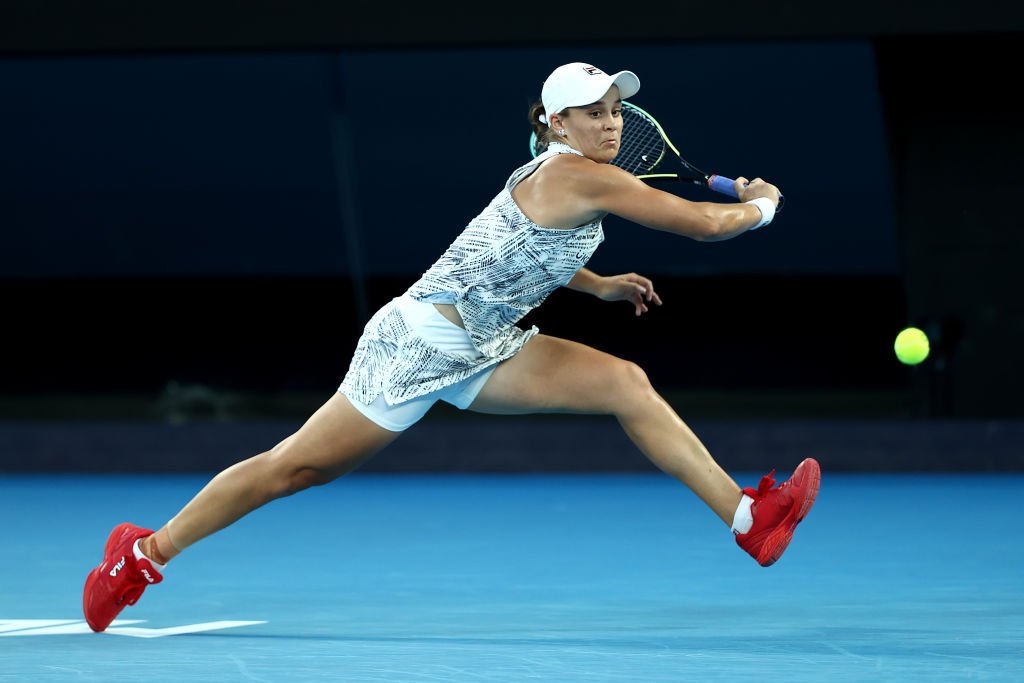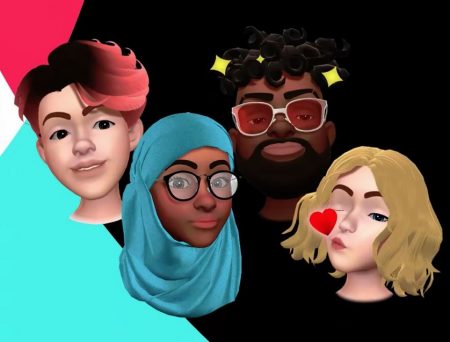I was driving in the car, listening to the radio, when Ash Barty informed the world that at 25 years old, she was hanging up her racket. I flicked up the volume in disbelief, thinking I must have misheard the newsreader’s delivery of the word retirement.
Alas, not so.
Not only will I miss Ash Barty’s on court vigour and tenacity, but I’ll miss what she stood for, what she represented and how she proudly animated an arena with her gritty and real authentic self, her indigenous pride and her family and sporting values. I’ll miss Ash showing us, through her example, how to break the bias for women in sport.

Ash Barty paved the way for many underrepresented voices. While she wowed us with her strokes and stamina, her presence on the circuit highlighted the growing need for inclusive sport visuals to break unconscious biases and stereotypes.
A report from leading photo agency Getty Images points to a bias in the visual representation of women in sport. The Getty Images’ Visual GPS report reveals how people want to see the sentiment of inclusion expressed by the companies and brands they buy from and do business with. Over two-thirds of survey respondents (68%) say that it’s important to them that companies celebrate diversity of all kinds.

Getty Images and its partners, including the National Disability Leadership Alliance, stress how brands need to make sure that all visual content they select is a true reflection of the audience. People want to see themselves reflected in images and not some glossy and stereotypical ideal. Gone are the days of “touching up”. Consumers want truth not artifice. This helps them feel accepted for who they are and therefore connected to the brand.

One of the key areas the report identifies is realness – it’s all about keeping it real these days. Images that strike a chord are candid and, in the moment, with people especially relating to pics that capture diversity, inclusion and body positivity. The “ideal” of a white, thin, able‑bodied young woman was created by a white, patriarchal culture; therefore, true body positivity must be intersectional. But there’s still a long way to go in terms of wholly including all types of bodies in body‑positive ad campaigns—for example, people with disabilities are too often left out.

It’s little wonder Ash Barty proved to be a champion among champions. She’s real, diverse, inclusive – an elite female athlete determined to win and do it her way.

By keeping it real, Ash achieved the status of a sporting and cultural symbol. With her retirement, there is much to miss.













